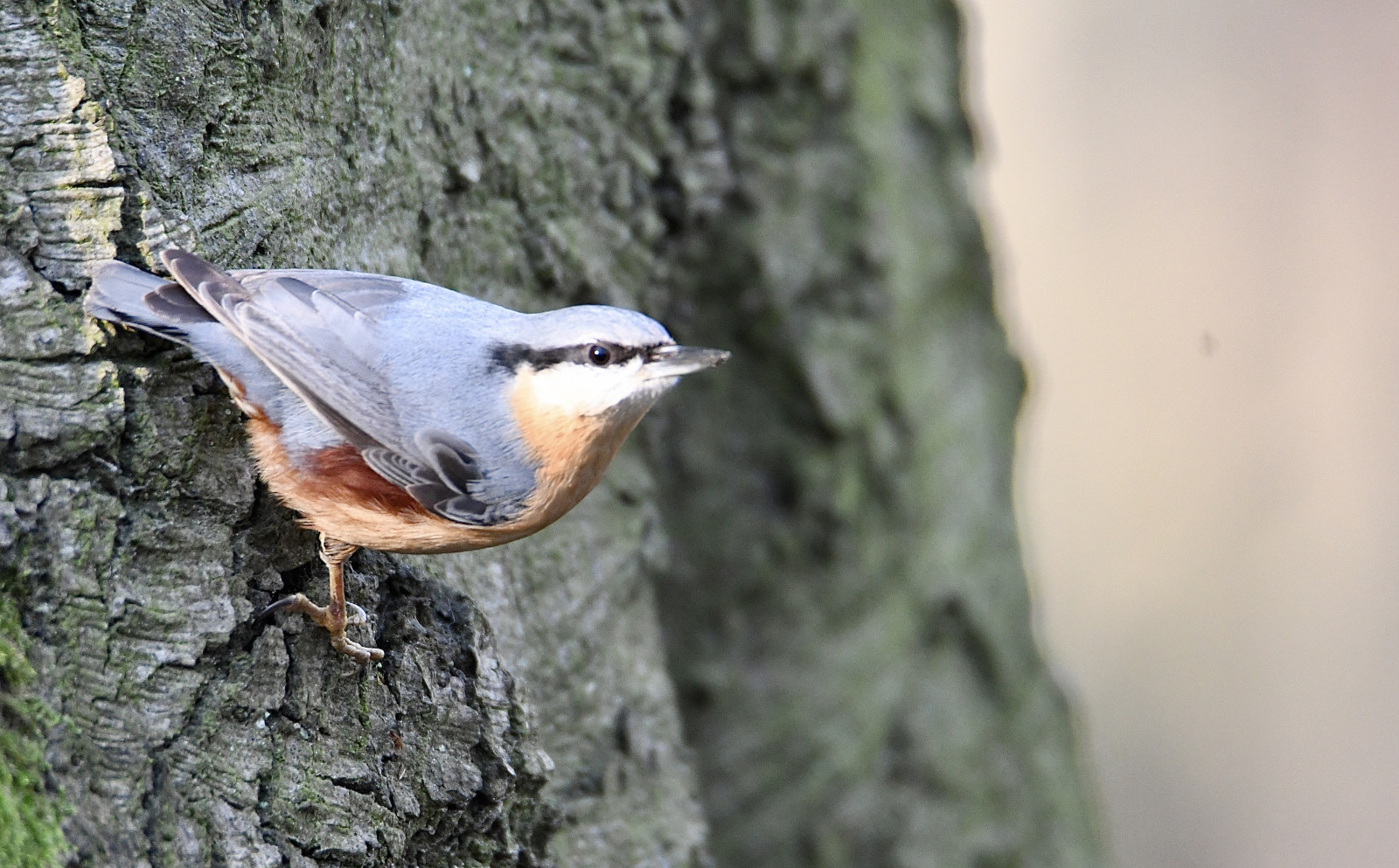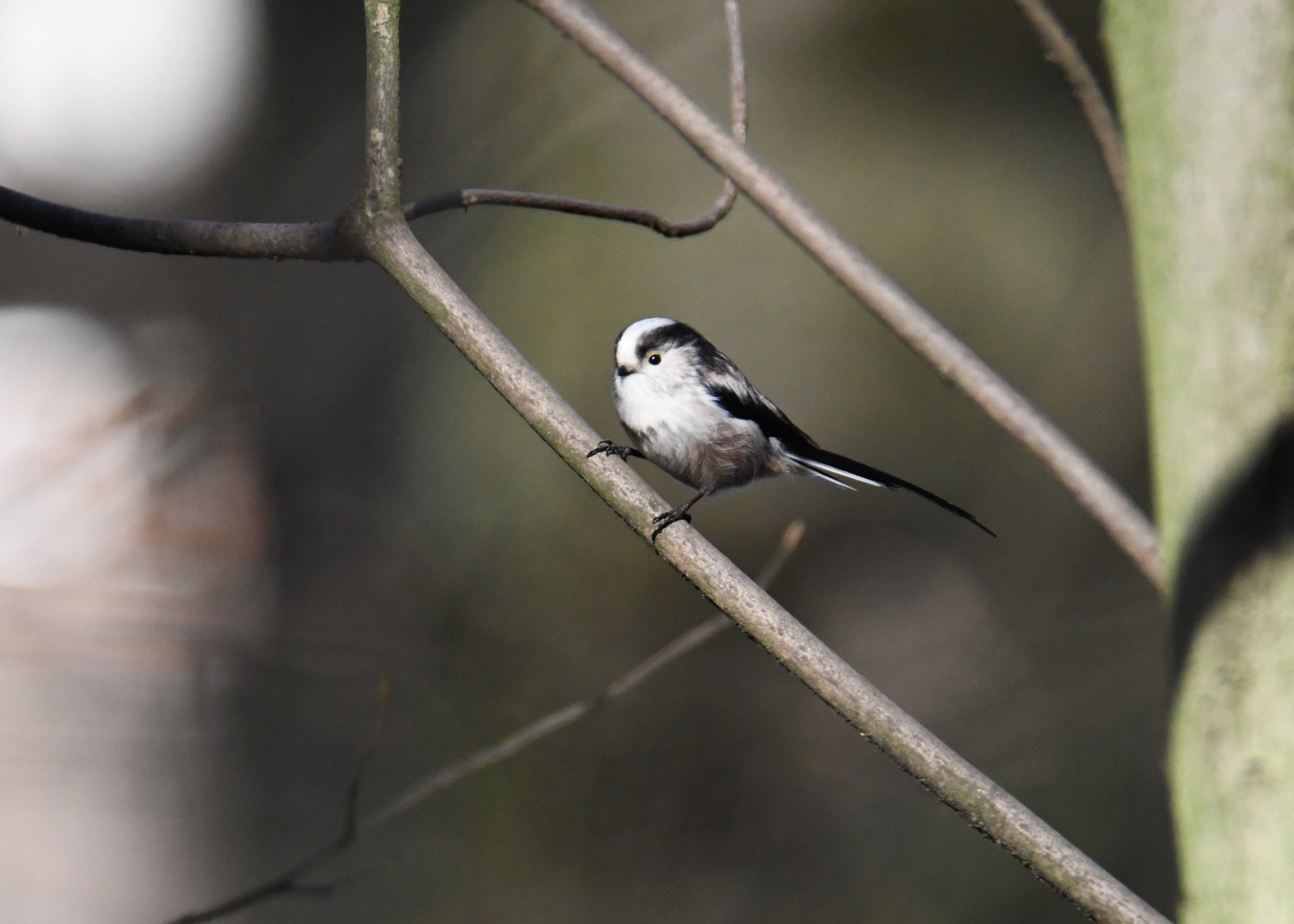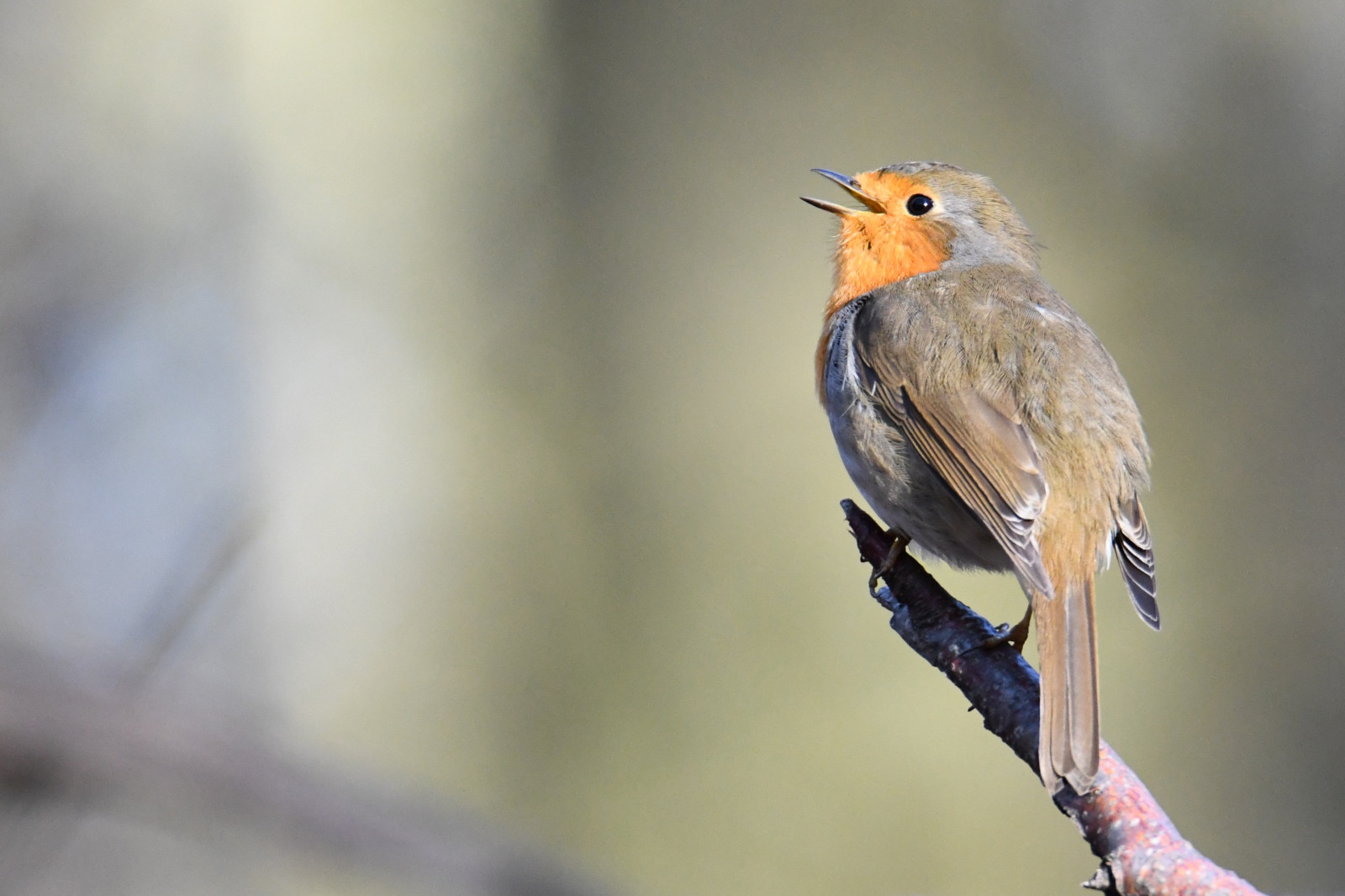Descrição
Parc Brugmann offers opportunities to see garden and forest birds up close, because they are accustomed to the frequent passage of people in the park. You can see tits as Chapim-palustre, Chapim-azul, chapim-real and Chapim-rabilongo. At the level of woodpeckers and birds related to tree trunks, you can observe Pica-pau-malhado-grande, Pica-pau-verde, Trepadeira-azul and Trepadeira-comum. Of course melro, Pisco-de-peito-ruivo, Ferreirinha-comum, Carriça, Gralha-preta, Pega-rabuda, Gaio-comum, Pombo-torcaz and Tentilhão-comum. When it comes to raptors, the Águia-d'asa-redonda is present all year round in the park and the Gavião da Europa occasionally flies by.
_________________________
Français: Le parc Brugmann est un petit bois de hêtres majoritairement entouré de grands appartements qui abrite une faune (et flore) étonnante pour être en plein ville ! Ce petit parc offre des opportunités de voir des oiseaux de jardins et forêts d'assez près, car ceux ci sont abitués au passage fréquent des gens dans le parc mais qui ne font pas attention a eux. On pourra voir ici des mésanges comme la Chapim-palustre, la Chapim-azul, la chapim-real et la Chapim-rabilongo. Au niveau des pics et oiseaux relationnés au tronc d'arbres on pourra observer le Pica-pau-malhado-grande, le Pica-pau-verde, la Trepadeira-azul et le Trepadeira-comum. Bien sur le melro, le Pisco-de-peito-ruivo, l' Ferreirinha-comum, le Carriça, la Gralha-preta, la Pega-rabuda, le Gaio-comum, le Pombo-torcaz et le Tentilhão-comum. Quand a les rapaces, la Águia-d'asa-redonda est présente toute l'année dans le parc est occasionellement l' Gavião da Europa passe en vol.
Detalhes
Acesso
Parking spaces are rare but you can always try these places: Avenue de Messidor at the entrance to the park, on Avenue Bourgmestre Jean Herinckx, and on Avenue Adolph Dupuich. If not, tram 7 is the main public transport to reach the site (get off at the Churchill stop and take Avenue Messidor until you see the park entrance on your left).
_________________________
Français: Les places pour se garer sont rares mais vous pouvez toujours essayer a ces endroits: Avenue de Messidor au niveau de l'entrée du parc, sur l'avenue Bourgmestre Jean Herinckx, et sur l'avenue Adolph Dupuich. Au si non le tram 7 est le principal transport en commun pour rejoindre le site (descendez à l'arret Churchill et prenez l'avenue Messidor jusqu'a voir l'entrée du parc sur votre gauche).
Terreno e Habitat
FlorestaCondições
MontanhosoCaminho circular
Simé útil um telescópio?
Pode ser útilBoa temporada de observação de aves
Durante todo o anoMelhor hora para visitar
PrimaveraRota
Caminho estreito , Caminho largoCaminho dificil
FácilAcessível por
PéAbrigo/plataforma deobservação de aves
NãoInformação extra
Note that in spring and summer you can see in addition to the species mentioned above, the Felosa-comum and the Toutinegra-de-barrette-preto. The Pombo-bravo very surely nests on the site because it is very often observed. The Estrelinha-de-poupa and Estrelinha-de-cabeça-listada are very often seen at the site, and Verdilhão-comum can be heard singing in the trees towards the end of winter.
In winter, the Tordo-ruivo-comum can be seen by searching for food on the ground. You'll probably catch a small group of Tentilhão-comum looking for food on the ground too. The passage of Lugre above the park is more or less common during the winter, but these do not land in the woods. Finally, if you find an open area to see the sky, you can see passing over our heads in migration (March-April and September-November) Petinha-dos-prados, the Garça-branca-grande, groups of Lugre or the Laverca.
_________________________
Français: A noter que au printemps et en été on sait voir en plus des espèces cités précédement, le Felosa-comum et la Toutinegra-de-barrette-preto. Le Pombo-bravo niche très surement sur le site car est très souvent observé. Le Estrelinha-de-poupa et le Estrelinha-de-cabeça-listada sont trés souvent observés sur le site, et le Verdilhão-comum peut être entendu en train de chanter au dans les arbres vers la sortie de l'hiver.
A l'hiver on saura voir la Tordo-ruivo-comum en recherchant de la nourriture au sol ou dans le lierre dans les arbres. Vous surprendrez surement un petit groupe de Tentilhão-comum recherchant de la nourriture au sol aussi. Le passage de tarin des aulnes au dessus du parc est plus au moins courant pendant l'hiver, mais ceux ci se posent pas dans le bois. Finallement si vous trouvez une zone ouverte pour voir le ciel, on pourra voir passer au dessus de nos têtes en migration (mars-avril et septembre-novembre) des Petinha-dos-prados, la Garça-branca-grande, des groupes de Lugre ou l' Laverca.




